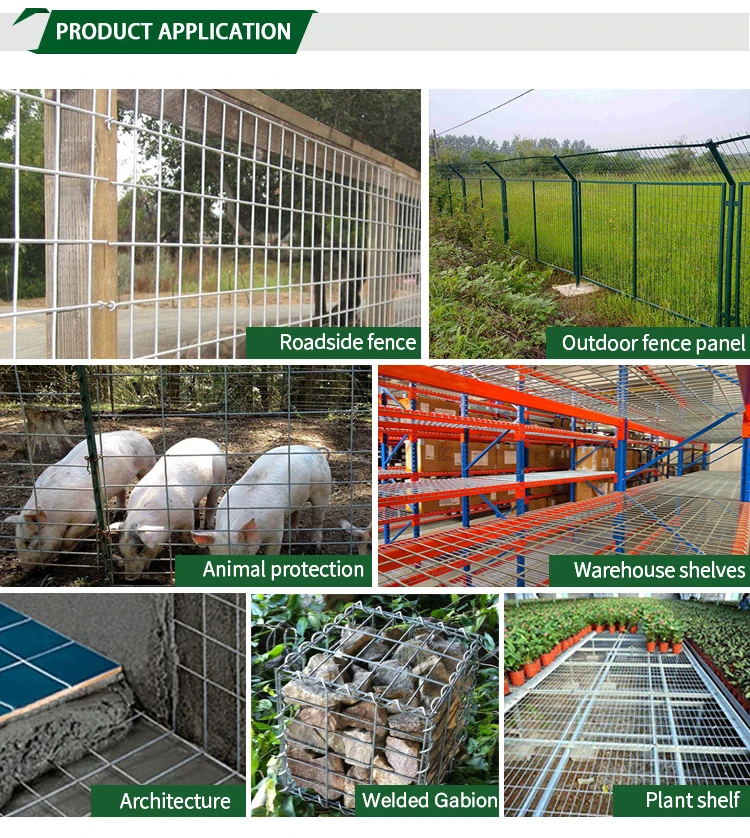types of roofing nails
Types of Roofing Nails A Comprehensive Guide
When it comes to roofing, selecting the proper materials is crucial for both functionality and aesthetic appeal. One often overlooked element is the type of nails used to secure roofing materials in place. The right roofing nails ensure durability, longevity, and resistance to the elements. This article will explore the various types of roofing nails, their specific uses, and the benefits they offer.
1. Metal Roofing Nails
Metal roofing nails are specifically designed for metal roofs, which have become increasingly popular due to their longevity and energy efficiency. These nails are typically made from galvanized steel, which provides rust resistance and durability. Metal roofing nails often have larger heads, which help to distribute the load and prevent the nail from pulling through the metal. They can be smooth-shanked or ring-shanked; the latter provides superior holding power, particularly in areas prone to high winds.
2. Asphalt Shingle Nails
Asphalt shingles are one of the most common roofing materials in North America, and they require specialized nails for proper installation. Asphalt shingle nails have a flat head to prevent the nails from piercing through the shingles and causing leaks. They are usually galvanized to resist rust and corrosion. The length of the nail is also significant; typically, nails should penetrate at least ¾ inch into the underlying material for maximum security.
3. Tile Roofing Nails
For those who prefer the classic look of tile roofs, tile roofing nails are essential. These nails are designed to penetrate the hard surface of tiles while providing adequate hold. Like other roofing nails, tile nails are often made from galvanized steel to resist environmental damage. They feature a larger head to distribute weight evenly, helping to keep tiles securely in place, especially in windy areas.
4. Underlayment Nails
Underlayment is a crucial layer of protection beneath roofing materials. Underlayment nails are used to secure the felt or synthetic material in place. These nails are usually shorter than other roofing nails but still provide adequate support. It’s essential to use corrosion-resistant materials, especially in regions with high humidity, to prevent premature failure of the roofing system.
types of roofing nails

5. Plastic Cap Nails
Plastic cap nails are a newer option in the roofing nail market, known for their distinctive plastic caps that prevent moisture penetration. These nails are particularly beneficial for securing underlayment and roofing membranes. The caps help distribute the load over a larger area and prevent leaks effectively. While not suitable for heavier roofing materials, they serve well in roofing systems that rely on lighter materials.
6. Roofing Staples
While not as common as traditional nails, roofing staples can occasionally be used in certain situations, particularly for securing heavier sheets of roofing material. Roofing staples are generally wider and provide a larger hold, making them effective in applications requiring more significant fastening power. However, their use is typically limited to particular roofing systems.
7. Synthetic Roofing Nails
These nails are a blend of various materials designed to provide strength and resistance to the elements. Synthetic roofing nails often have unique coatings that enhance their durability and rust resistance. Being lightweight yet strong, they can be an excellent option for various roofing applications, from shingles to metal roofing systems.
8. Installing Roofing Nails
Regardless of the type of roofing nail you choose, proper installation is critical for optimal performance. Over-driving nails can cause damage to the roofing materials, while under-driving can lead to leaks and less secure roofing. Always follow the manufacturer's guidelines regarding nail length, type, and placement to ensure a robust roofing system.
Conclusion
Choosing the right roofing nails plays a pivotal role in the long-term performance of any roofing system. With the various types of roofing nails available, it’s essential to consider the specific needs of your roofing project, including the materials used and local environmental conditions. By taking the time to select the appropriate nails and ensuring proper installation, homeowners and contractors alike can enhance the durability and functionality of their roofs, ultimately leading to a safer and more resilient structure.
-
Space-Saving Chain Fence Hacks Vertical Gardening with Cyclone MeshNewsJul.16,2025
-
Innovations in Iron Nail Wire Production for Modern ConstructionNewsJul.16,2025
-
Creative Uses of Wire Netting Fence in Modern Landscape DesignNewsJul.16,2025
-
Barbed Wire Fence Innovations in Anti-Climb TechnologyNewsJul.16,2025
-
Architectural Uses of Umbrella Nails for Aesthetic Roof DesignsNewsJul.16,2025
-
Architectural Uses of Razor Barbed Wire in Secure Urban DesignNewsJul.16,2025




